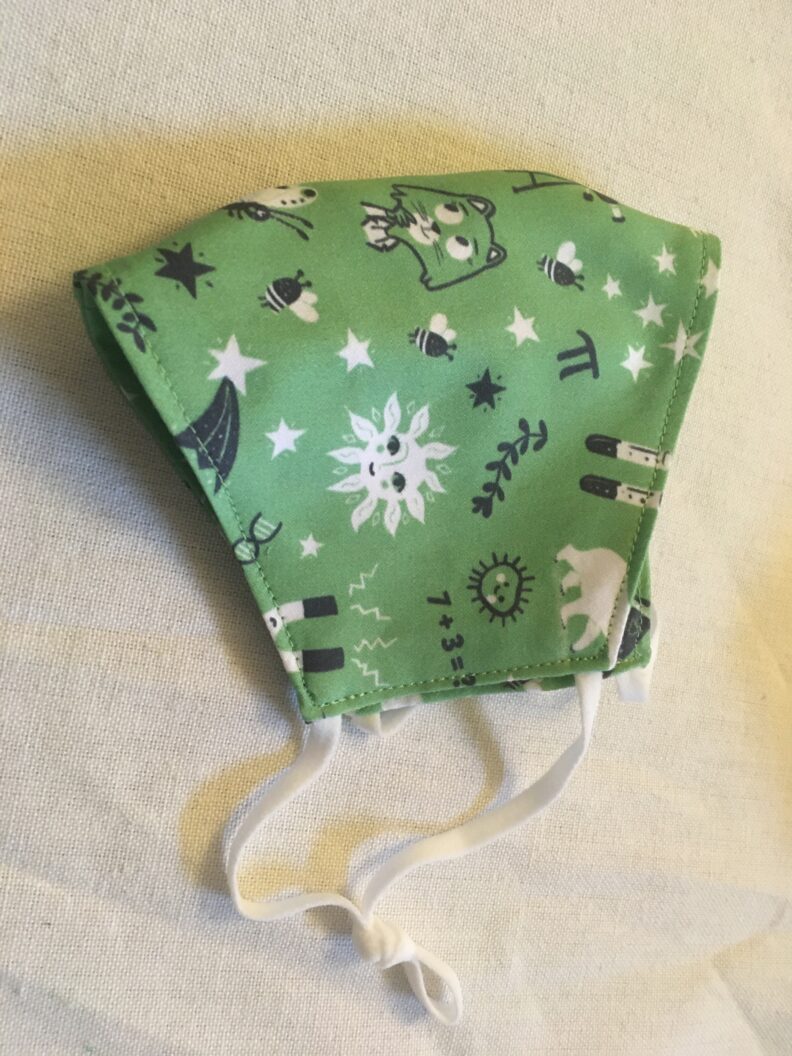Dear Bianca,
A lot of living things on our planet have defenses they use in the wild to help them survive. For some plants, being poisonous may help keep them from becoming someone’s dinner.

That’s what I found out from my friend Wendy Hoashi-Erhardt, a scientist who directs the Small Fruit Plant Breeding program at Washington State University.
Berries like deadly nightshade, holly berries, and snowberries—just to name a few— are not safe for humans to eat. These kinds of plants naturally produce poisonous compounds in their berries.
You may remember that everything in our universe, including berries, is made up of atoms. When the atoms come together, they form compounds. Those compounds can sometimes form in a way that interfere with the work your body’s cells are doing to try and keep you healthy.
In fact, the poison from some berries may make insects, birds, animals, and even humans really sick. That sends a kind of message or reminder to those creatures to avoid the plant and its berries in the future—or else they’ll likely get sick again.
Humans have even discovered different types of compounds in different berries that can make us sick. For instance, there are the toxic compounds in snowberries and holly berries called saponins. Meanwhile, deadly nightshade contains compounds named trophine, scopolamine, and hyoscyamine.
Throughout history, humans have actually learned quite a lot about which plants are dangerous to eat versus which ones are good to eat.
For the nutritious and delicious plants, humans have been able to take those plants and make them even more useful through a process called plant breeding, Hoashi-Erhardt said.
 For example, we can take a raspberry and blackberry and cross them to create an entirely new berry called a tayberry.
For example, we can take a raspberry and blackberry and cross them to create an entirely new berry called a tayberry.
Hoashi-Erhardt does a lot of work helping us breed raspberries and said scientists have different categories for what we call “berries.” Part of what makes a berry a true berry has to do with an organ in the plant called an ovary.
A raspberry, for instance, grows from a single raspberry flower. But that flower has many ovaries and they become all the little segments, which are called drupelets, that make up raspberry. It turns out a raspberry is not a true berry even though we call it a berry.
Meanwhile, a blueberry comes from a single flower with just one ovary. Scientists call these berries that come from just one plant ovary “botanical berries.” True berries grow from a single flower with just one ovary. I was surprised that means bananas and cucumbers are technically true berries, too.
It’s great to hear you are curious about berries, Bianca. They are truly an interesting part of the plant to observe. It’s also important to learn which types of berries are safe to eat and which are not. You can’t tell just by sight; becoming familiar with edible species of berry plants happens by talking to a botanist or carefully studying a field guide to wild edible plants.
Sincerely,
Dr. Universe

Grown-ups! You can help Ask Dr. Universe change the world, one science question at a time.
Learn about the Dr. Universe Fund at Washington State University and how to get your own STEM-inspired face mask here: askDrUniverse.wsu.edu/masks